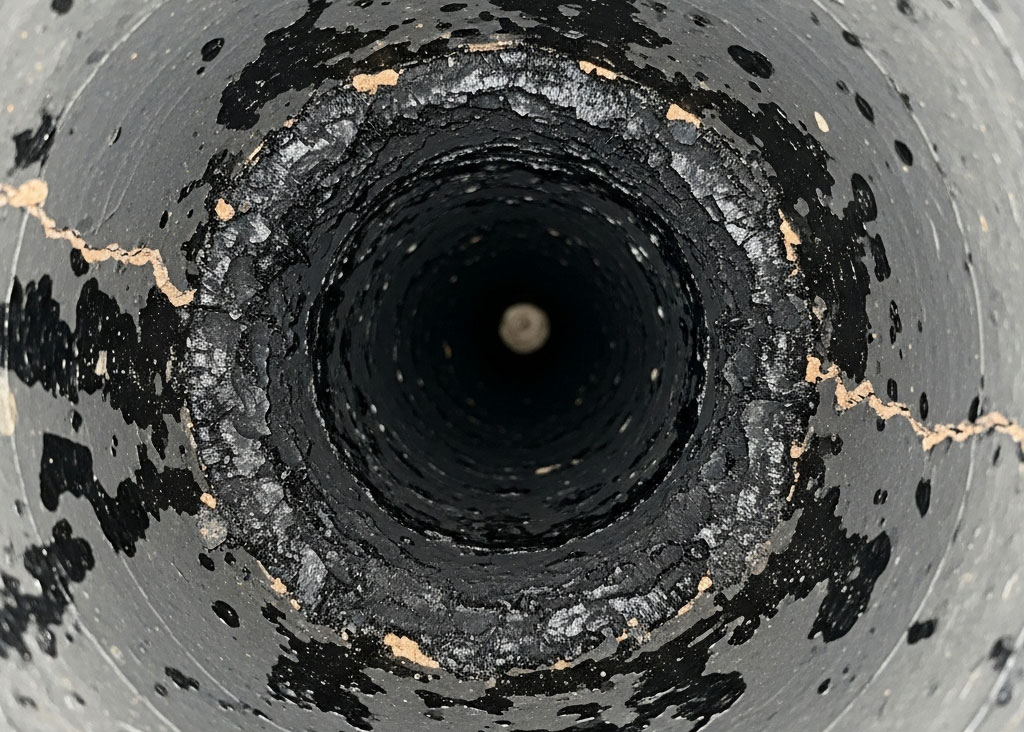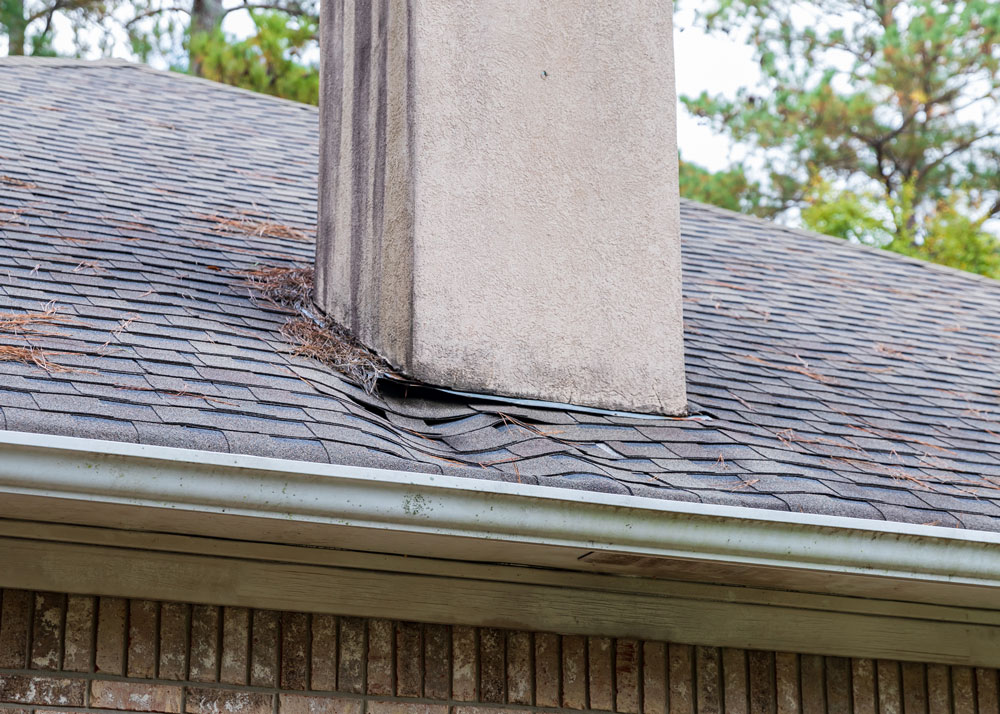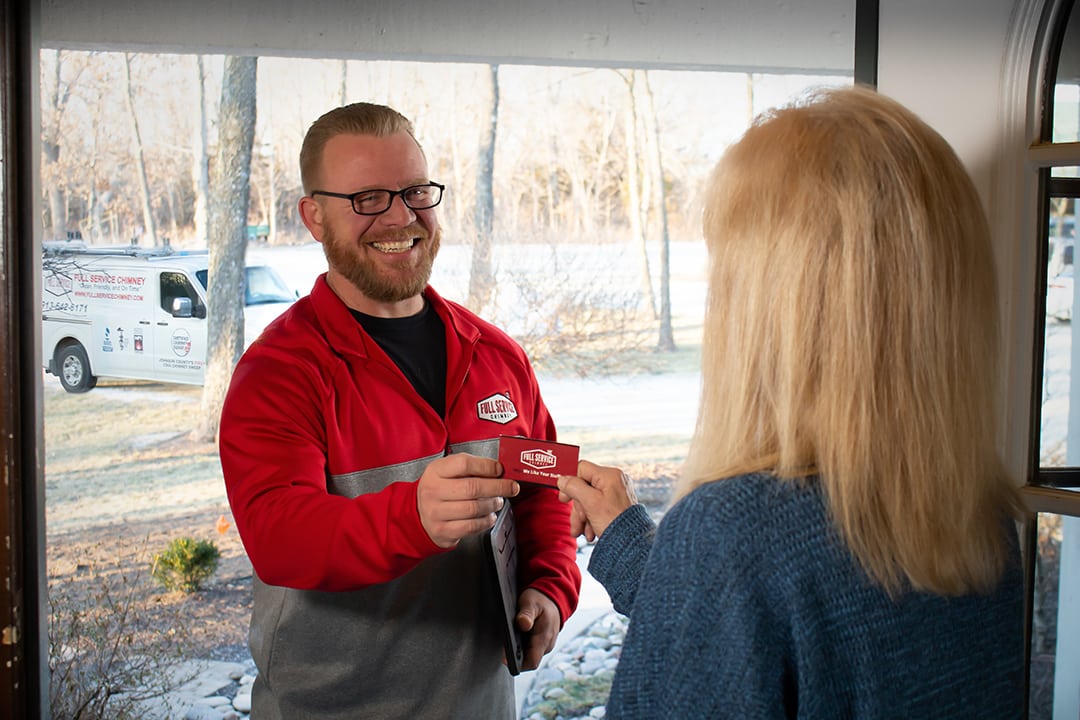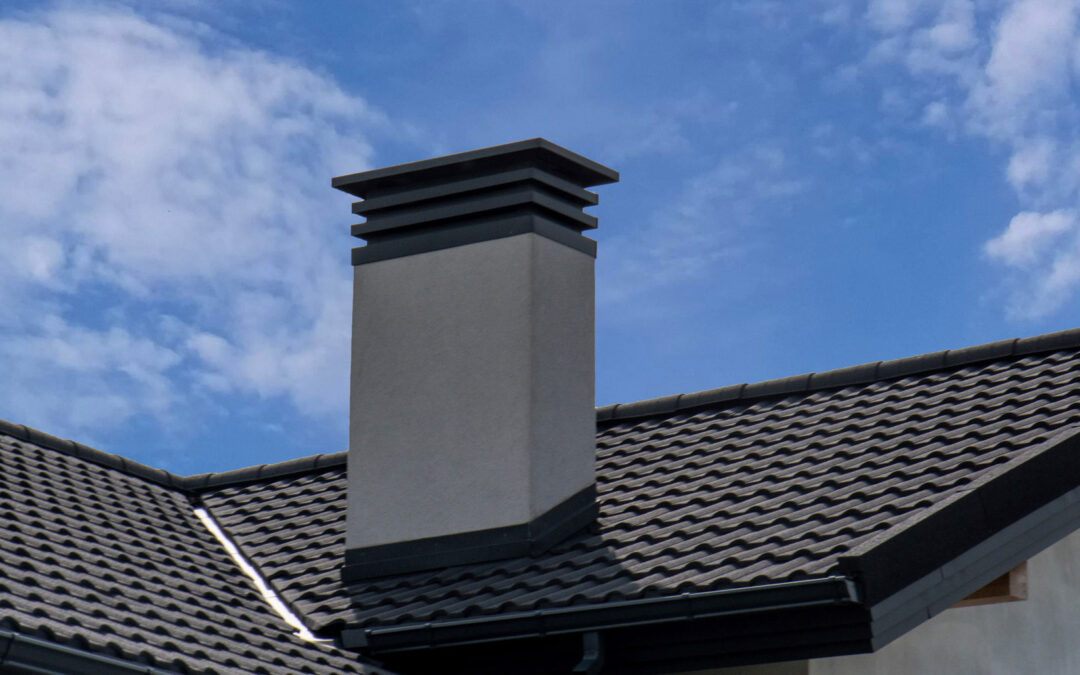As the leaves turn vibrant shades of red and gold in Kansas City, November arrives with a crisp chill that signals the end of fall and the start of heating season. Homeowners across the metro area—from Overland Park to Lee’s Summit—begin to rely on their fireplaces for warmth, but this transition brings hidden challenges for chimney systems. With average highs dipping to around 55°F and lows near 35°F, combined with occasional rain and gusty winds, your chimney faces increased stress just as usage ramps up. That’s why November stands out as the essential time for a professional chimney inspection. Addressing potential issues now can prevent costly emergencies, ensure safe operation, and keep your home cozy through the winter months ahead. In this post, we’ll explore the seasonal risks, the technical reasons for timely checks, the advantages of acting promptly, and practical steps to protect your investment.
The Unique Seasonal Risks Facing Kansas City Chimneys in November
Kansas City’s humid continental climate makes November a pivotal month for chimney health, as the weather shifts from mild autumn days to the unpredictable patterns that precede winter. With average rainfall of 2-3 inches and temperatures dipping toward freezing, your chimney faces heightened stress just as heating season begins. For homeowners in neighborhoods like Prairie Village or Olathe, these factors can compound quickly, turning minor vulnerabilities into major issues. A simple inspection in November reveals and addresses these risks before they escalate, safeguarding your family and home. Here are the primary seasonal threats to watch for:
Moisture Infiltration and Structural Damage
November’s rain can seep into porous masonry, creating cracks that expand with the first freezes. This leads to spalling, where bricks flake and crumble, potentially weakening the entire chimney structure if not addressed promptly.
Debris Accumulation and Blockage Hazards
Fall leaves, bird nests, and soot from summer fires build up over warmer months, restricting airflow. Poor ventilation can cause smoke backdrafts into your living room. Worse, it heightens the risk of chimney fires fueled by creosote—a sticky, flammable residue from wood burning that ignites at temperatures as low as 450°F.
Carbon Monoxide Poisoning Risks
As homes get sealed against the cold, flaws in your chimney’s draft can trap deadly gases indoors. Safety experts note that improper venting contributes to thousands of incidents annually, many occurring in the early heating months. Local wind patterns in the Kansas City area, often reaching 20-30 mph, can disrupt performance by pulling in outdoor pollutants.
Animal Intrusions and Additional Disruptions
Winds and cooling weather encourage animals like squirrels to seek shelter in chimneys, further blocking vents or introducing debris.
Reasons Why Inspections Are Non-Negotiable
Beyond the seasonal weather shifts, the inner workings of chimney systems require proactive attention in November to meet industry standards and halt progressive damage. These aren’t simple vents but intricate assemblies of liners, crowns, flashing, and dampers that endure heat cycles, moisture exposure, and structural forces. Addressing them now prevents small flaws from becoming major failures as winter intensifies. Full Service Chimney’s certified experts use advanced diagnostics to uncover these issues early, ensuring your system performs safely and efficiently. Here’s a breakdown of the key technical factors and why November timing is essential:
Creosote Buildup and Flue Narrowing

Incomplete combustion during warmer months leaves a tar-like residue that clings to flue walls, accelerated by Kansas City’s temperature swings causing thermal expansion.
This buildup raises fire risks by restricting airflow and can ignite at just 450°F, especially in older flues.
Professional tools like video cameras during a Level I or II inspection detect hidden layers invisible from the roof, vital for homes built in the 1950’s or 1960’s common in the area.
Water Infiltration Mechanics

Rain and humidity exploit tiny pores in bricks via capillary action, leading to leaks if flashing (the sealing metal around the base) is compromised. Before snow loads arrive, November allows for assessments and repairs, such as applying waterproof sealants that can add decades to your chimney’s life. Acidic byproducts from burning further corrode liners, which Full Service Chimney evaluates to prevent long-term erosion.
Structural and Draft System Checks

Components like the smoke chamber, chase cover, and cap must withstand gravity, wind, and seismic activity in Kansas and Missouri’s zone. CSIA-certified sweeps from Full Service Chimney (with over 2,000 hours of training) conduct thorough scans, ensuring code compliance and time for fixes like stainless steel liner installations before holiday use. Draft testing confirms efficient gas expulsion, avoiding backflow issues that peak with colder, sealed homes.
Benefits of Chimney Inspections: Safety, Savings, and Efficiency
Scheduling a chimney inspection in November offers clear, multifaceted advantages that go beyond basic maintenance, especially in Kansas City’s variable climate where heating demands intensify quickly. From reducing immediate hazards to yielding long-term financial and environmental gains, acting now positions your home for a smoother winter. Full Service Chimney’s certified professionals provide detailed assessments that highlight these perks, often uncovering opportunities for upgrades like improved liners or seals. Here’s a structured look at the primary benefits and why November is the optimal timing:
Enhanced Safety for Your Family
A thorough inspection identifies and mitigates risks like creosote accumulation or draft issues, slashing fire hazards by up to 80% according to industry standards.
This means greater peace of mind during holiday gatherings, as a clean system prevents backdrafts or carbon monoxide leaks that could endanger loved ones.
In areas like Shawnee or Independence, where homes seal up tightly against the cold, these checks ensure proper venting before usage peaks.
Significant Cost Savings Over Time
Basic inspections run $200-400, a fraction of the $5,000+ emergency fixes that arise mid-winter from issues like crown collapses or relining needs.
By addressing problems early, you avoid inflated peak-season rates and complications from snow or ice, keeping expenses manageable.
Energy efficiency improvements, such as better draft flow, can cut heating bills by 10-20% in Kansas City’s rising winter costs, without straining your HVAC.
Improved Energy Efficiency and Home Comfort
Upgrades like insulated dampers or waterproofed components reduce cold air infiltration, stabilizing indoor temperatures year-round.
For eco-minded homeowners, this optimizes wood or gas burning to lower your carbon footprint while enhancing overall system performance.
Full Service Chimney’s reports, including photos and recommendations, help maintain compliance with Kansas and Missouri regulations, preserving your property’s value for insurance or resale.
Long-Term Durability and Property Protection
Regular checks extend your chimney’s lifespan, preventing issues like mold from water damage or structural rot that diminish home equity.
Insurers often require recent inspection proof for coverage, and a documented healthy system can accelerate real estate transactions in the metro area.
Professional Recommendations: Scheduling and Preparing for Your Inspection

When planning your chimney inspection, choose a provider with proven expertise to ensure thorough, reliable service. Full Service Chimney, with nearly 40 years serving the Kansas City area, offers certified evaluations tailored to local needs, from masonry restorations to modern gas conversions.
To prepare, clear the area around your fireplace and note any recent issues, like unusual odors or difficult lighting. Their technicians arrive on time, protect your floors with tarps, and walk you through findings on-site. Opt for add-ons like waterproofing or cap installations if recommended—these are cost-effective in November before winter sets in.
For best results, book early in the month to beat the rush. Full Service Chimney covers over 38 communities, providing convenient scheduling across the metro. If you have a wood-burning insert or prefab chase, mention it upfront for a customized approach.
Practical steps for homeowners:
- Gather records: Share past inspection reports or fireplace details.
- Observe symptoms: Note smoke issues, leaks, or noises that could indicate problems.
- Plan for follow-up: Budget for minor repairs to complete the job promptly.
This preparation ensures your inspection is efficient and reveals actionable insights.
Safeguarding Your Home: Take Action This November
November’s blend of fading fall warmth and impending winter demands positions it as the cornerstone month for chimney inspections in Kansas City. From mitigating moisture risks and creosote hazards to upholding technical standards and reaping efficiency gains, addressing your chimney now fortifies your home against the season’s challenges. Homeowners who invest in this step not only enhance safety and cut costs but also ensure reliable comfort when it matters most—cozy evenings by the fire amid the metro’s chilly winds.
Don’t let small issues snowball into winter woes. Contact Full Service Chimney today at (913) 642-6171 to schedule your professional chimney inspection. Our CSIA-certified team is ready to deliver the expertise your home deserves, helping you enjoy a worry-free heating season.

